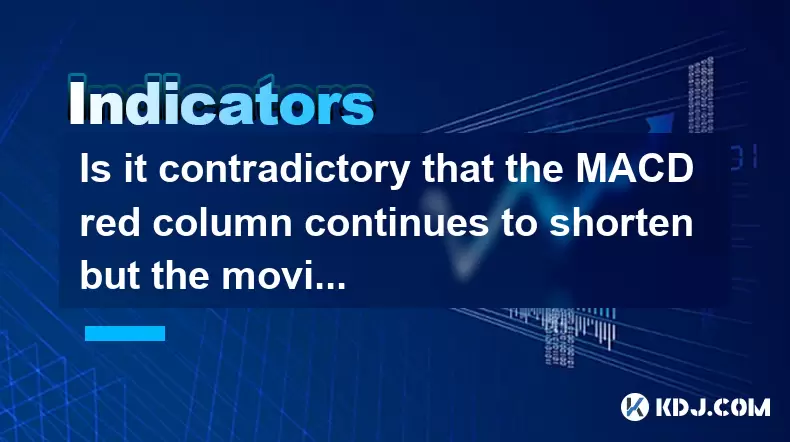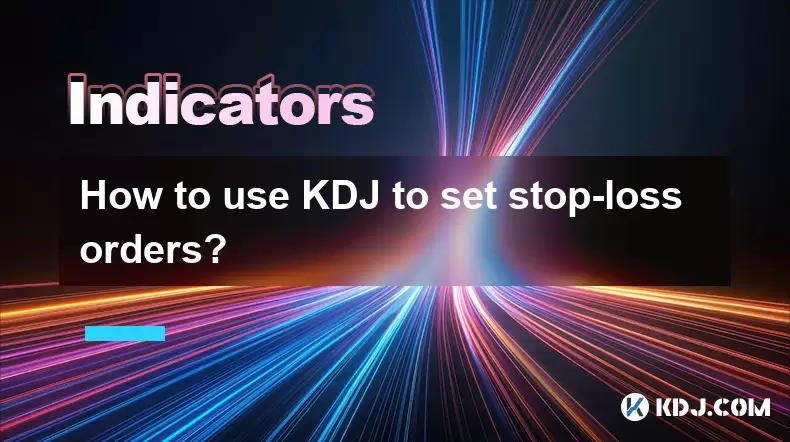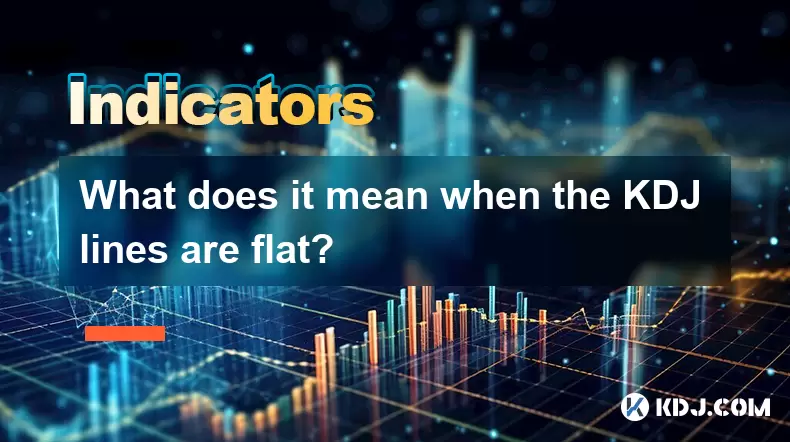-
 Bitcoin
Bitcoin $114700
-3.36% -
 Ethereum
Ethereum $3619
-6.51% -
 XRP
XRP $2.926
-7.66% -
 Tether USDt
Tether USDt $0.9998
-0.02% -
 BNB
BNB $768.6
-4.90% -
 Solana
Solana $168.2
-7.52% -
 USDC
USDC $0.9999
0.00% -
 Dogecoin
Dogecoin $0.2045
-9.02% -
 TRON
TRON $0.3243
-0.27% -
 Cardano
Cardano $0.7208
-8.45% -
 Hyperliquid
Hyperliquid $39.74
-9.17% -
 Stellar
Stellar $0.3882
-8.79% -
 Sui
Sui $3.481
-11.93% -
 Chainlink
Chainlink $16.52
-9.04% -
 Bitcoin Cash
Bitcoin Cash $556.7
-4.79% -
 Hedera
Hedera $0.2444
-11.40% -
 Avalanche
Avalanche $21.96
-8.51% -
 Ethena USDe
Ethena USDe $1.001
-0.02% -
 UNUS SED LEO
UNUS SED LEO $8.950
0.15% -
 Toncoin
Toncoin $3.425
-2.33% -
 Litecoin
Litecoin $104.4
-5.94% -
 Shiba Inu
Shiba Inu $0.00001212
-7.49% -
 Polkadot
Polkadot $3.630
-6.98% -
 Uniswap
Uniswap $9.165
-10.12% -
 Monero
Monero $306.8
-3.10% -
 Dai
Dai $0.9999
-0.01% -
 Bitget Token
Bitget Token $4.360
-3.43% -
 Pepe
Pepe $0.00001049
-9.59% -
 Cronos
Cronos $0.1352
-8.67% -
 Aave
Aave $256.5
-8.03%
Is it contradictory that the MACD red column continues to shorten but the moving average is still arranged in a bullish pattern?
A shortening MACD red column amid a bullish moving average stack signals weakening bearish momentum, not a trend reversal—ideal for potential long entries with confirmation.
Jul 30, 2025 at 05:35 pm

Understanding the MACD Indicator and Its Components
The Moving Average Convergence Divergence (MACD) is a widely used technical analysis tool that combines momentum and trend-following elements. It consists of three components: the MACD line, the signal line, and the MACD histogram (commonly referred to as the "red column" when negative and "green column" when positive). The MACD line is calculated by subtracting the 26-period Exponential Moving Average (EMA) from the 12-period EMA. The signal line is typically a 9-period EMA of the MACD line. The histogram represents the difference between the MACD line and the signal line.
When the histogram is above zero and shrinking in height, it indicates that the bullish momentum is weakening, even though the MACD line remains above the signal line. A shortening red column (which appears below the zero line) suggests that bearish pressure is diminishing. In this context, a shortening red column below zero implies the downtrend is losing steam, potentially setting the stage for a reversal. However, this does not necessarily conflict with a bullish moving average arrangement.
Interpreting the Moving Average Arrangement
Moving averages, particularly the 50-day, 100-day, and 200-day EMAs, are often used to determine the prevailing trend. When shorter-term moving averages are positioned above longer-term ones (e.g., 50-day > 100-day > 200-day), this configuration is known as a "golden cross" pattern and is considered a strong bullish signal. This alignment suggests that the medium- to long-term trend remains upward, regardless of short-term fluctuations.
Even if momentum indicators like the MACD show signs of weakening—such as a shrinking red column—the underlying trend defined by the moving averages can still be intact. The key insight is that moving averages reflect price trend direction, while the MACD reflects momentum and rate of change. These two aspects of technical analysis operate on different principles and time sensitivities.
Reconciling Divergent Signals: Momentum vs. Trend
It is not inherently contradictory for the MACD red column to shorten while the moving averages maintain a bullish arrangement. These signals reflect different market dimensions. The shortening red column indicates that downward momentum is slowing. This could mean sellers are losing control, but it does not confirm a reversal or immediate upward movement. Meanwhile, the bullish moving average stack confirms that the broader trend remains upward.
For instance, during a pullback in an uptrend, price may dip below recent highs, causing the MACD to enter negative territory and generate a red histogram. As selling pressure wanes, the red bars get smaller—indicating reduced bearish momentum—while the price remains above key moving averages. This scenario is common in healthy bull markets where pullbacks are shallow and momentum resets without breaking the structural uptrend.
Practical Example in Cryptocurrency Charts
Consider Bitcoin (BTC) trading on a daily chart. Suppose the 50-day EMA is above the 100-day EMA, which in turn sits above the 200-day EMA—this is a clear bullish configuration. However, after a sharp rally, BTC enters a consolidation phase with minor downward price action. During this phase, the MACD line crosses below the signal line, generating a red histogram. Over the next several days, the red bars gradually become shorter.
This indicates that although the immediate momentum has turned slightly negative, the downtrend within the uptrend is losing strength. Traders observing this pattern might interpret it as a potential resumption of the prior bullish trend, especially if volume declines during the pullback and key support levels hold. The persistence of the bullish moving average alignment supports this interpretation.
How to Use This Information in Trading Decisions
When analyzing such a scenario, traders should not rely on a single indicator. Instead, they should integrate multiple tools to confirm context. To assess whether the shortening red column aligns with a continuing bullish trend, follow these steps:
- Confirm the moving average hierarchy: Ensure that the 50-day EMA > 100-day EMA > 200-day EMA on the chart timeframe being analyzed.
- Examine price action relative to moving averages: Price should remain above the 50-day EMA during the pullback to maintain bullish integrity.
- Monitor the MACD histogram closely: A consistently shortening red column suggests bearish momentum is fading.
- Look for bullish candlestick patterns near key moving averages, such as hammer formations or bullish engulfing patterns.
- Check volume trends: Declining volume during the pullback supports the idea of weak selling pressure.
- Wait for the MACD line to cross back above the signal line for a potential long entry signal, especially if it coincides with price bouncing off a major moving average.
This multi-layered approach reduces false signals and increases the probability of aligning trades with the dominant trend.
Common Misinterpretations and How to Avoid Them
A frequent mistake is interpreting a shortening red column as an immediate buy signal. However, a shrinking histogram only indicates reducing momentum in one direction, not a confirmed reversal. Traders may prematurely enter long positions without waiting for confirmation from price action or the MACD line crossover.
Another error is disregarding the moving average structure when momentum indicators show weakness. Some traders may assume a shortening red column in a bearish context invalidates the trend, but in reality, trends can persist through periods of weakening momentum. Patience and confirmation are essential.
Additionally, using inconsistent timeframes can lead to confusion. For example, observing a shortening red column on a 4-hour chart while the daily moving averages are bullish requires careful alignment of analysis. Always ensure your indicator timeframe matches your trading strategy’s holding period.
Frequently Asked Questions
Can the MACD histogram turn green without a bullish moving average alignment?
Yes. The MACD histogram turning green (i.e., transitioning from red to green) only means the MACD line has crossed above the signal line. This can occur even in a sideways or bearish market. The absence of a bullish moving average stack suggests the trend may lack sustainability, so such signals should be treated with caution.
Does a shortening red column always lead to a bullish reversal?
No. A shortening red column indicates decreasing bearish momentum, but it does not guarantee a reversal. Price may continue to move sideways or resume downward if new selling pressure emerges. Confirmation through price action and volume is necessary.
How do I adjust MACD settings for cryptocurrency trading?
While the default settings (12, 26, 9) are standard, some traders modify them for faster signals in volatile crypto markets. For example, using (8, 17, 9) can make the MACD more responsive. Backtesting on historical data is recommended before applying custom settings.
Should I trust the MACD more than moving averages in trending markets?
Neither indicator is inherently superior. Moving averages define trend direction, while MACD measures momentum. In strong trends, moving averages provide more reliable context. MACD is best used as a complementary tool to identify entries and exits within the trend.
Disclaimer:info@kdj.com
The information provided is not trading advice. kdj.com does not assume any responsibility for any investments made based on the information provided in this article. Cryptocurrencies are highly volatile and it is highly recommended that you invest with caution after thorough research!
If you believe that the content used on this website infringes your copyright, please contact us immediately (info@kdj.com) and we will delete it promptly.
- Australia vs Lions: Unleashing Betting Offers and Free Bets for the Thrilling Finale
- 2025-08-01 16:30:11
- Bitcoin, Satoshi, and the Echoes of Ancient Wisdom in DeFi
- 2025-08-01 16:50:12
- ONDO Tokens: Could They Mint the Next Crypto Millionaires?
- 2025-08-01 16:30:11
- Satoshi, Meme Coins, and Substance: A New Era?
- 2025-08-01 16:50:12
- Decoding the Roar: Australia, the Lions, and the Betting Odds
- 2025-08-01 16:55:48
- Bitcoin Price Plummets Amid Trump Tariffs: A Market Sell-Off Deep Dive
- 2025-08-01 16:55:48
Related knowledge

How do I secure my private key?
Aug 01,2025 at 05:14pm
Understanding the Importance of Private Key SecurityYour private key is the most critical component of your cryptocurrency ownership. It is a cryptogr...

How does the KDJ indicator apply to decentralized finance (DeFi) tokens?
Aug 01,2025 at 04:43pm
Understanding the KDJ Indicator in Technical AnalysisThe KDJ indicator is a momentum oscillator derived from the Stochastic Oscillator, widely used in...

What is the difference in KDJ signal interpretation between a trending and a ranging market?
Aug 01,2025 at 03:56pm
Understanding the KDJ Indicator in Cryptocurrency TradingThe KDJ indicator is a momentum oscillator widely used in cryptocurrency trading to identify ...

Does the KDJ indicator work well for low-liquidity crypto assets?
Aug 01,2025 at 02:01pm
Understanding the KDJ Indicator in Cryptocurrency TradingThe KDJ indicator is a momentum oscillator derived from the Stochastic Oscillator, widely use...

How to use KDJ to set stop-loss orders?
Aug 01,2025 at 04:28pm
Understanding the KDJ Indicator in Cryptocurrency TradingThe KDJ indicator is a momentum oscillator widely used in technical analysis within the crypt...

What does it mean when the KDJ lines are flat?
Aug 01,2025 at 03:22pm
Understanding the KDJ Indicator in Cryptocurrency TradingThe KDJ indicator is a momentum oscillator widely used in cryptocurrency technical analysis t...

How do I secure my private key?
Aug 01,2025 at 05:14pm
Understanding the Importance of Private Key SecurityYour private key is the most critical component of your cryptocurrency ownership. It is a cryptogr...

How does the KDJ indicator apply to decentralized finance (DeFi) tokens?
Aug 01,2025 at 04:43pm
Understanding the KDJ Indicator in Technical AnalysisThe KDJ indicator is a momentum oscillator derived from the Stochastic Oscillator, widely used in...

What is the difference in KDJ signal interpretation between a trending and a ranging market?
Aug 01,2025 at 03:56pm
Understanding the KDJ Indicator in Cryptocurrency TradingThe KDJ indicator is a momentum oscillator widely used in cryptocurrency trading to identify ...

Does the KDJ indicator work well for low-liquidity crypto assets?
Aug 01,2025 at 02:01pm
Understanding the KDJ Indicator in Cryptocurrency TradingThe KDJ indicator is a momentum oscillator derived from the Stochastic Oscillator, widely use...

How to use KDJ to set stop-loss orders?
Aug 01,2025 at 04:28pm
Understanding the KDJ Indicator in Cryptocurrency TradingThe KDJ indicator is a momentum oscillator widely used in technical analysis within the crypt...

What does it mean when the KDJ lines are flat?
Aug 01,2025 at 03:22pm
Understanding the KDJ Indicator in Cryptocurrency TradingThe KDJ indicator is a momentum oscillator widely used in cryptocurrency technical analysis t...
See all articles

























































































